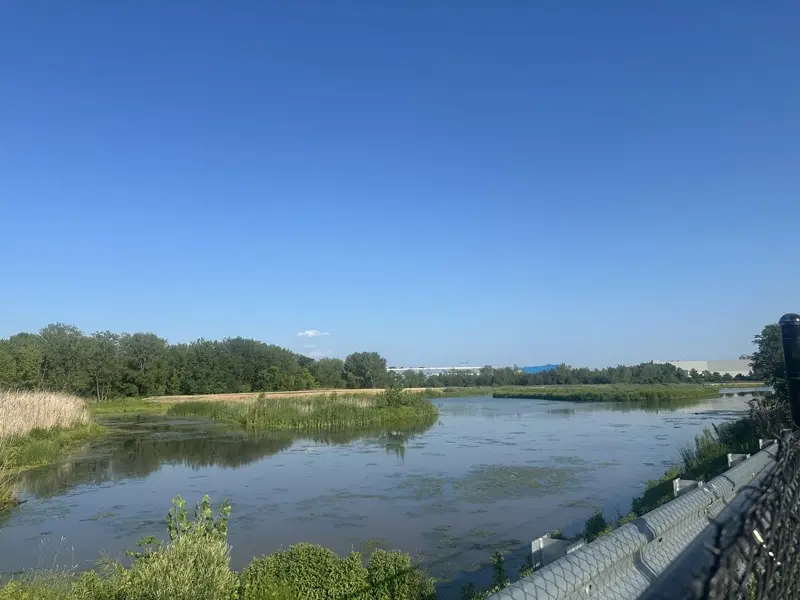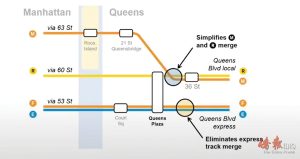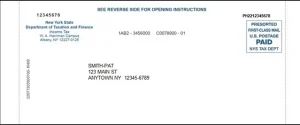Adams proposes 3,000 units of affordable housing at Flushing’s former airport

In response to New York City’s worsening housing crisis, Mayor Eric Adams announced a redevelopment proposal on the 28th that will include approximately 3,000 new homes and 60 acres of public parkland. The proposal aims to transform the former Flushing Airport site in College Point, Queens, into affordable housing for the middle class. The site, located in College Point, Queens, has been vacant since the airport closed in 1984.
According to city officials, the project was led by the New York City Economic Development Corporation (NYCEDC), which solicited developers last year. New York-based Cirrus Workforce Housing and LCOR Inc. were ultimately selected. The overall development is expected to generate approximately $3.2 billion in economic benefits over the next 30 years, creating 1,300 construction union jobs and 530 permanent jobs.
Adams stated that the project is a concrete achievement of his policy of promoting housing on city-owned land during his tenure. He said, “This valuable land has sat idle for far too long. Now, we’re building 3,000 new homes here as part of our efforts to create affordable housing for middle-class and working-class families across the city.”
The development will include a range of housing from “extremely low-income” to market-rate, with the city emphasizing that it will primarily target middle-income families. The overall design will preserve approximately 60 acres of wetlands on the original site, creating nature trails, public green space, and waterfront landscaping, while incorporating sustainable architecture and wetland-friendly design.
Andrew Kimball, President and CEO of the City’s Economic Development Authority, said, “The redevelopment of the old Flushing Airport is finally ready to take off. We will work with the development team to create mixed-use residential and parkland while preserving and integrating the wetlands.”
Opened in 1929, Flushing Airport was New York City’s first intra-city airport. Despite being inactive for over 40 years, the site’s development has been slowed by issues surrounding the restoration of natural wetlands and land ownership. The revived development still needs to undergo the Uniform Land Use Review Process (ULURP) and an environmental impact assessment, but construction is expected to begin as early as 2028.
The project is also part of the Adams administration’s “City of Yes for Housing Opportunity” housing reform plan. Passed in December 2024, the plan represents the first comprehensive overhaul of citywide land use and housing regulations in 60 years, aiming to add 80,000 homes over 15 years.
The project also incorporates union pension funds as a funding source. According to the city government, 11 construction union pension funds are currently participating in the investment, creating a “worker-built, worker-funded, worker-occupied” housing model.
Future development projects will also be further planned and coordinated with the community and representatives. The city government said it will continue to promote similar development projects in various boroughs, including 100 Gold Street in Manhattan’s Lower East Side, Gansevoort Square in Manhattan and Willets Point in Queens, toward its goal of building 500,000 new homes by 2032.
![]()




